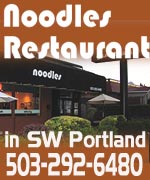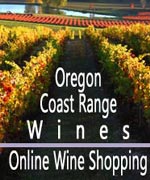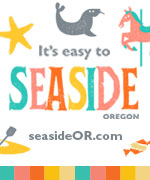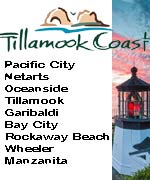Lewis and Clark in Oregon, Washington: This Month in History
Published 10/28/2019 at 8:33 PM PDT
By OREGON TRAVEL DAILY STAFF
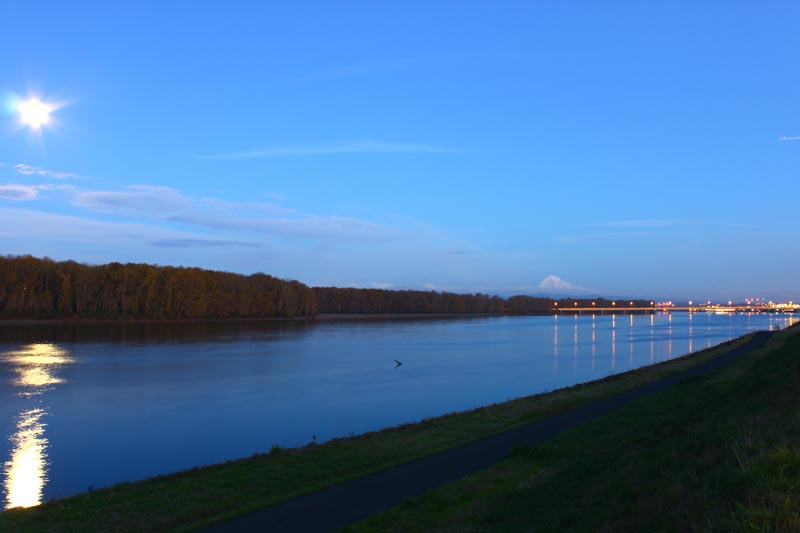
(Portland, Oregon) – Where was Lewis and Clark and their Corps of Discovery right about now in 1805? They were firmly in Oregon and Washington by this time, and about to have their legendary meeting with the Pacific Northwest coastline. It's indeed a fascinating set of adventures they had back then, encountering nasty rapids along the Columbia, tribes of varying degrees of friendliness and then what would eventually become the metropolitan centers of this area.
Here’s a look at their world over 200 years ago.
Through October, the Corps of Discovery had been coming down the Columbia River for awhile, braving massive drops and rapids - or “shutes” as Lewis called them. It had come from words from some of the local tribes, but historians don’t really understand how he came to that without an actual translator. By late October they’d been dealing with northwest tribes whose languages they didn’t understand.
Locals were sometimes gathering along the waterway to watch the canoes of the Corps of Discovery go past. It was regarded as a good sign, but occasionally these groups were simply anticipating some kind of major accident in the rough areas. Luckily, the Corps came through unscathed.
Around October 26 they spent a few days at present-day The Dalles at what they nicknamed Fort Rock. The group entertained a couple of chiefs, and York (their black servant / slave) danced for them.
October 28, they camped near Crates Point in Wasco County, writing about the wind causing delay. One of the first encounters with the Gorge’s infamous gusts.
By this time, according to their journals, the species of trees around them were changing.
October 29 saw them spending the night on the Washington side, near the Little White Salmon River.
October 30 they dug in for two days on an island near Cascade Locks, just before the last “great shute.” They visited an Indian village and Lewis tried to get more information about the path ahead to no avail. He did snag considerable food stuffs, however. Lewis did more reconnaissance on the rapids ahead and decided carrying everything a ways (portage) might be a better method.
They set out again on November 1 and camped above Bonneville Dam, coming to Beacon Rock after that.
Stephen E. Ambrose notes that by early November the weather patterns were shifting too, more of a rain forest vibe, and the tree species were markedly different – much more like what we know in Portland and Vancouver. Fir, spruce, ash and alder were now the more common sight. Fog was starting to show up in spots, even hindering their advance at times.
That rain the coastal region is known for is starting to kick in – the stuff that made them notoriously miserable once they got to the Astoria / Warrenton area and created Fort Clatsop.
On November 2 they started seeing sights known to have been reached by other Europeans, hitting Vancouver, Washington on the 3rd. It was here that the “maps of the east and west came together,” writes Ambrose. They also bumped into a group of local tribes armed to the teeth but managed to barely avoid conflict, even smoking pipes with them soon after.
However, an argument soon ensued over a missing object and the two groups parted less than amicably, but without incident.
By November 5, the group was making great strides down the river - 30 miles a day at times. The first sea otter were spotted, as well as canoes from coastal tribes. Excitement was building regarding reaching the coastline. They had camped at Portland’s Government Island and explored other parts of future riverside Stumptown by now.
They encountered Indians who spoke some English on November 6.
November 7 came the great exclamation: “Ocian in view! O! The joy.” Then, camping on a rainy and uncomfortably rocky spot near Dahlia, Washington, Clark said "Great joy in camp we are in View of the Ocian.” Unfortunately, he was wrong about that. They hadn’t yet reached the Oregon coast but in fact were in the Columbia’s estuary.
The bulk of the next two week or more was spent drenched in rain and trapped by Oregon coast stormy tides, until about November 15. One group led by Clark finally hit the Pacific Ocean on November 16, going up the Washington coast a tad. Lewis joined them on a sandy beach the next day, marking Lewis and Clark’s official landing on the western coastline of the U.S.
Portland
Portland Restaurants, Dining
Columbia
Gorge
Columbia Gorge Lodging
International, United States Travel, Attractions, Flight Deals
![]() Subscribe to this travel news feed in a reader
Subscribe to this travel news feed in a reader
Where to Stay on the Oregon Coast
General Oregon Coast Hotels
Seaside Hotels
Cannon Beach Hotels
Nehalem Bay Lodging
Three Capes Lodging
Lincoln City Hotels
Depoe Bay Hotels
Newport Hotels
Waldport Hotels
Yachats Hotels
Oregon Coast Vacation Rentals
Oregon Coast Lodging Specials
Yet some jaw-dropping culinary secrets exist here, hiding in plain sight
Oregon #OptOutside Day Brings Free Fishing, Nov. 27-28
This weekend, after the afterglow of Thanksgiving is done, Oregon gives you a couple of free days
Washington's Goldendale Observatory Begins Virtual Space Programs
Goldendale Observatory is hosting a series of online / virtual programs each week that take you beyond the Earth's bounds
Top Five World Hotel Groups Hit Hardest By Coronavirus
for many countries it is likely to take years for the industry to recover to pre-COVID-19 levels
New Video for Walla Walla, Washington Provides Dreamy Glimpses of Rugged, Cul...
Rural yet chic. That's how the local visitors center is describing the area


